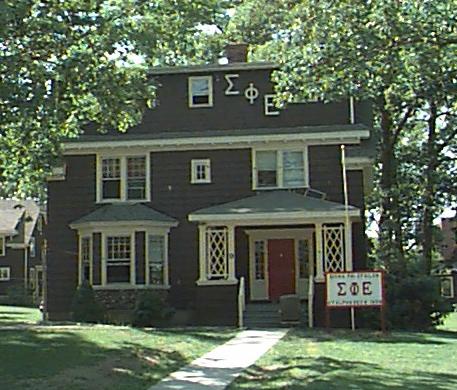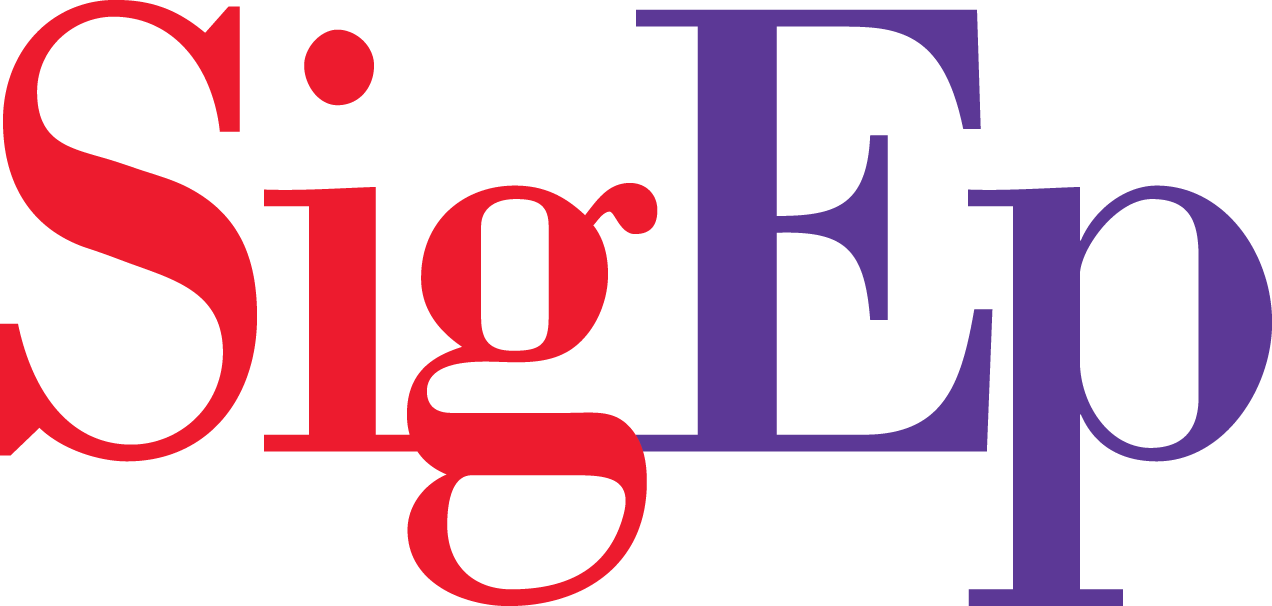It wasn’t until the late 1970s and early 1980s that interest in fraternities and sororities increased again nationally, and by 1979, UConn was ready to allow Greek Life to return to campus.
From the archives:
“On February 1, 1979, six men pledged Sigma Phi Epsilon. In its first two months, the colony doubled in manpower and expanded its involvement with the University community, participating in several charitable events, and establishing a sound and organized self-government. Tom Kupka, a SigEp from Loras College, Iowa Eta, was in graduate school at UConn and became the first brotherhood development coordinator. Connecticut Alpha alumni, mostly from the 1960s and early 70s provided critical support to the fledgling colony, including Mike Egan, Henry Lienhard, John Kirmayer, Roger Ogren, Jim Olson, Skip Schwanfelder, and Jim Szerejko. Jerry Dallas, ’70, stepped in as Chapter Counselor, recognizing the potential of this chapter in the face of very steep odds. The new colony had no manpower but their own, no funds other than those they can raise.
“It wasn’t easy. By the end of the spring semester, more than half the group of twelve men resigned, leaving behind only two of the original six pledges, and five in total. With Jerry Dallas’ help, however, the colony was able to grow to 28 by the next spring, and even hosted the 1980 SigEp Regional Academy.
“After a six year absence, Connecticut Alpha was installed on March 22, 1980. Ritual Rites of Initiation were performed by alumni members along with brothers from the MIT Chapter. Past District Governor and Order of the Golden Heart Truman Sanderson came from Florida to attend the celebration, where the Chapter heard a keynote from National Director and Vice President of IBM Wallace Doud, WI ’48.
“Connecticut Alpha kept growing each semester, quickly becoming the largest fraternity on campus. From 28 initiates in 1980, CT A grew to 44 in 1981 and ended 1982 with over 50 brothers. By Spring 1985, we were 100 members strong.
“After receiving our charter, the most important milestone for the early chapter was moving into our new house on 9 Gilbert Road. After a number of setbacks, we signed a lease with the University in late July, 1981, leaving only three weeks to convert a one family home last used by a professor into a functional fraternity house ready for start of school on September 1. Cast iron radiators, new flooring, and pre-fab showers were just the start. A new sprinkler system, fire alarms, and fire doors had to be approved and installed before occupancy, and most daunting, a new fire escape had to be built for the upstairs exits. Alumni Michael Egan and Roger Ogren took on this adventure in welding, constructing a three floor fire escape in four weekends. Even more impressive, by raising the roof on this two floor house, an entire floor was added with five additional rooms, increasing occupancy from 11 to 2 men. Jerry Dallas even made all the bunkbeds for the new house.”

Connecticut Alpha earned its first of four Buchanan Cups for Chapter Excellence in 1983 in Chicago, and then again in san Antonio, where we also won a Man Mile Award and were recognized as being one of the few 100 man chapters in the country. We achieved Buchanan Cup honors again in New Orleans in 1987 and in 1989.
The early 90s saw a series of disruptions in the chapter from which Connecticut Alpha never truly recovered. Violations of the University alcohol policy lead to disciplinary probation, a traumatic membership review and increased oversight from an Alumni Advisory Council. The chapter rebounded from this, and by the mid-1990s was on a strong upward path. Unfortunately, alumni support fell off dramatically at this time, as did the connection between the older alumni and undergraduate members.
The Gilbert Road house was torn down in 1999 to make way for a walkway from South Campus towards the center of campus, and Connecticut Alpha lost its chapter home for almost five years.In 2003, we became one of the first fraternities to occupy the new Husky Village residences, but by Spring 2008, chapter under-performance, risk management and alcohol policy violations, and a GPA significantly lower than the all-campus and all fraternity averages, lead to the removal of our charter that spring.








